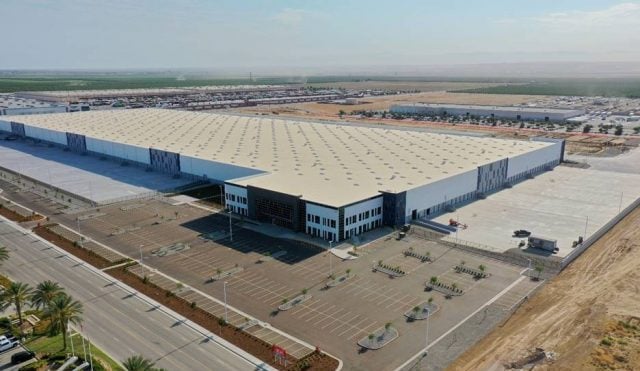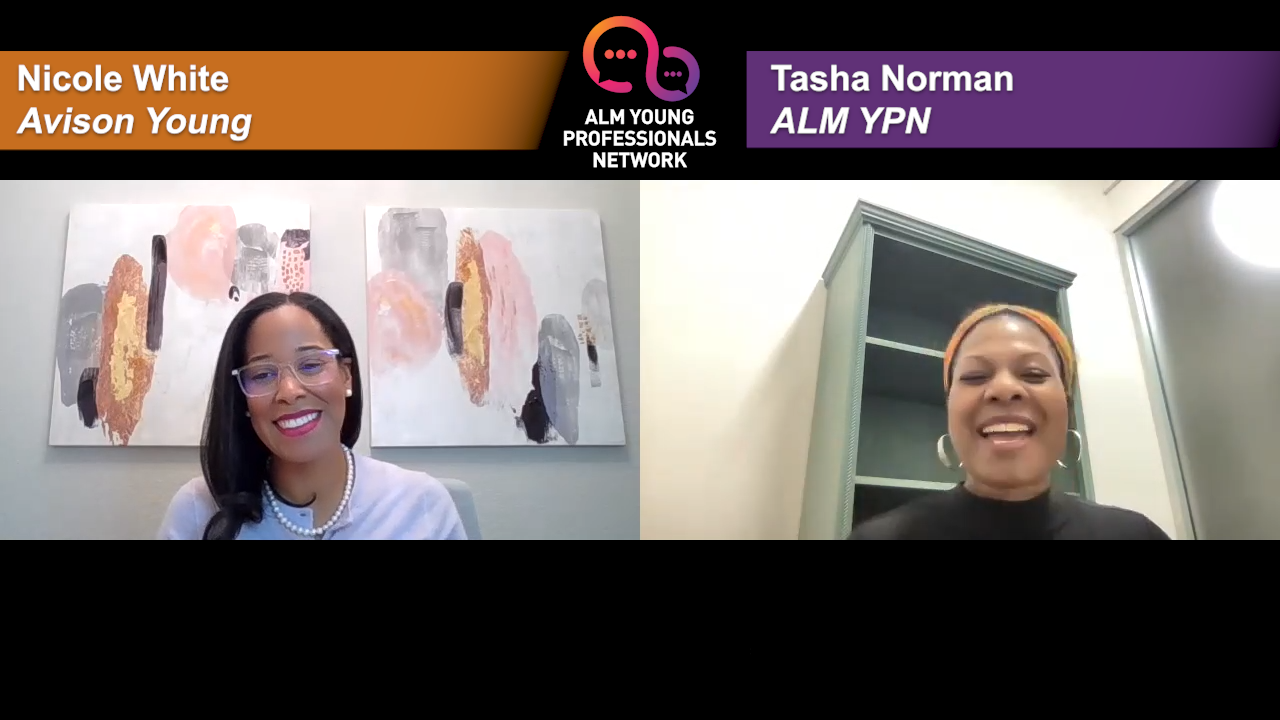SAN FRANCISCO—Office space leasing absorption rates reached 900,000 square feet in the first three months of 2015, compared to 257,000 square feet in the fourth quarter of 2014. This period also equated to the 19th consecutive quarter of positive net absorption, a streak that places San Francisco among the healthiest office markets in the world, according to the latest report by Colliers International. Regional executive managing director, Alan Collenette, recently sat down with GlobeSt.com for this exclusive look at the market.
GlobeSt.com: What is the current state of the office market?
Collenette: Technology companies have continued to feed their relentless appetite for San Francisco office properties, pushing vacancy rates to record low levels and creating an unprecedented level of net absorption. It's a feeding frenzy for Class A office space and we don't see it stopping any time soon.
GlobeSt.com: What about vacancy rates?
Collenette: Vacancy rates fell to 6.7%, the lowest level seen in a decade for all classes of office space, despite delivery to the market of 185,000 square feet of newly constructed office space, much of which was pre-leased prior to coming on the market. When a rate falls below 10%, it is the sign that rents will go into a steady climb. Below 8%, which is very rare, the climb in rents becomes almost vertical, with tenants seeing profit margins seriously eroded.
GlobeSt.com: It looks from your research, San Francisco absorbed a Q1 total almost equal to all of last year. Is that true?
Collenette: Not quite (there was 2.8 million square feet of net growth last year), but, with 900,000 square feet already recorded in the first quarter, San Francisco is already close to passing the historical annual average of 1.1 million square feet and on pace to record an astounding 3.6 million square feet.
GlobeSt.com: You said last quarter that San Francisco has been transformed from a quaint tourist town into one of the most significant international cities. Is that still your belief?
Collenette: San Francisco, today, simply has no peer globally; it is the urban epicenter of the world's knowledge-based economy, whose currency is innovation. Think of Florence or Constantinople during the Renaissance, London during the Industrial Revolution or Rome at the height of the Roman Empire. This is not just my opinion, but the opinion of many other experts who are witnessing the same things I am. Typically, well before this point in a real estate up-cycle (now 6 years old), you look for reasons to question the sustainability of the upward momentum. We have looked, diligently, but the evidence of a near-term peak is not just hard to find, it is completely absent.
GlobeSt.com: Can you provide an example?
Collenette: The first sign of a slowdown is often sublease space–from “starburst” companies–those which have expanded into office space without the business model to support the growth habit. Yet today, vacant sublease space is virtually non-existent. At 0.6%, it has been below 1% for more than four years.
GlobeSt.com: What was the most notable Q1 lease?
Collenette: Uber's newly signed commitment for 173,000 square feet at 555 Market Street gives it the second largest footprint of tech companies in the city behind Salesforce.
GlobeSt.com: What about new construction?
Collenette: Our report showed over 5 million square feet of office space currently under construction with nearly another 11 million square feet either proposed or in various stages of planning. What we are seeing is that as soon as an Uber, for instance, leases a major building, it immediately starts looking for more and more space, based on financial fundamentals that its backers truly believe are sustainable. Right now, there is no end to this growth.
GlobeSt.com: What about sales?
Collenette: During the first quarter, the largest transaction was Salesforce.com's $640 million purchase from TIAA-CREF with a total of 817,412 square feet.
GlobeSt.com: Does this mean investors are looking at the market in a more serious vein?
Collenette: San Francisco's office market continues to be one of the world's strongest real estate investment markets. This is no accident, nor is it an anomaly. Globally, capital is looking for refuge from uncertainty, both political and economic. Against a background of very low interest rates, acceptable risk- and inflation-adjusted yields are hard to find in the bond and equity markets or elsewhere. Commercial real estate in San Francisco provides safety, current yield and the possibility of capital gains. This is a matchless combination for domestic and global investors alike.
© 2025 ALM Global, LLC, All Rights Reserved. Request academic re-use from www.copyright.com. All other uses, submit a request to [email protected]. For more information visit Asset & Logo Licensing.








